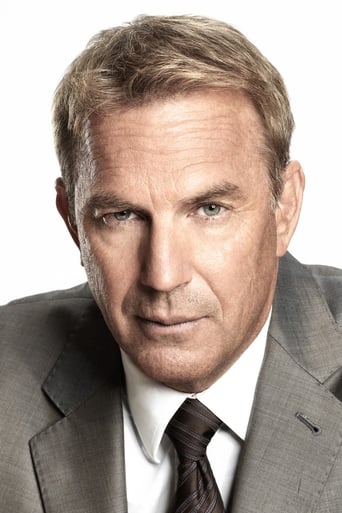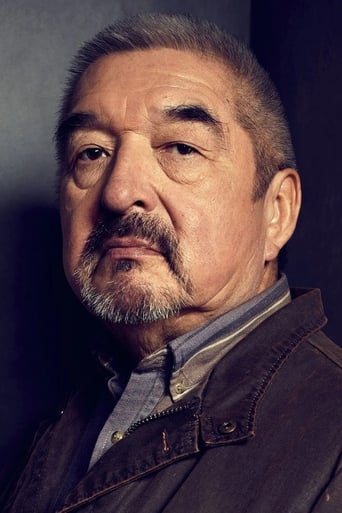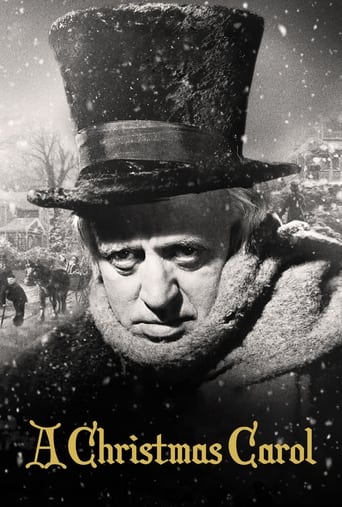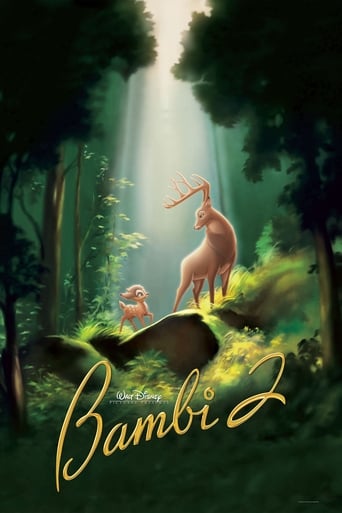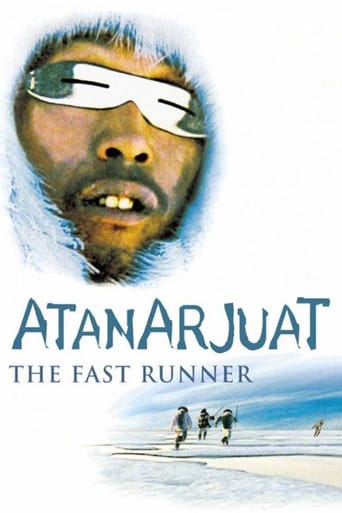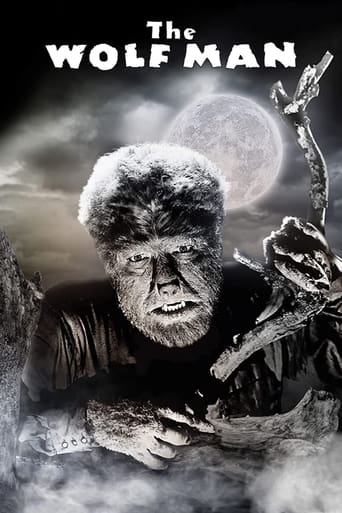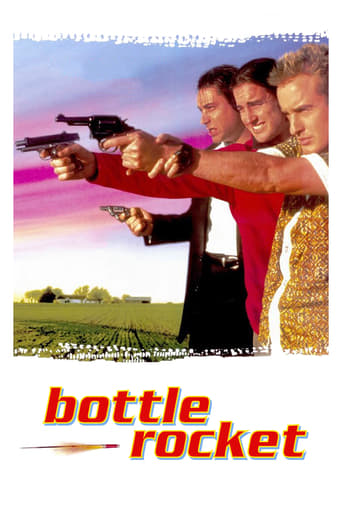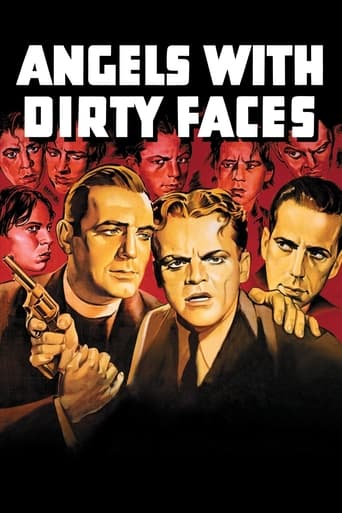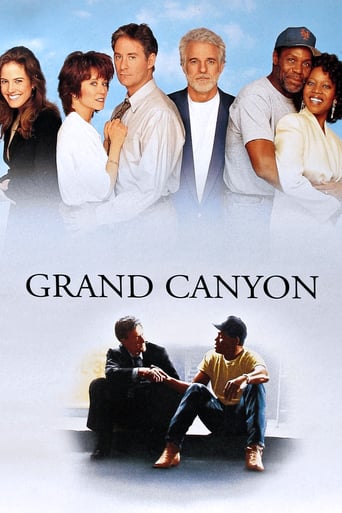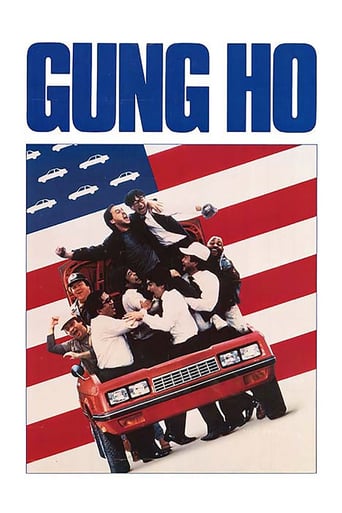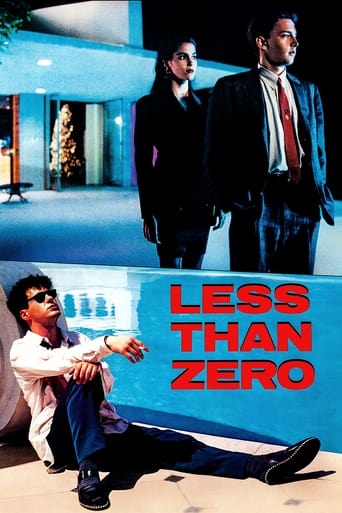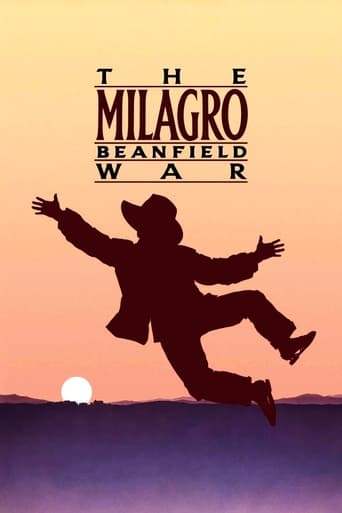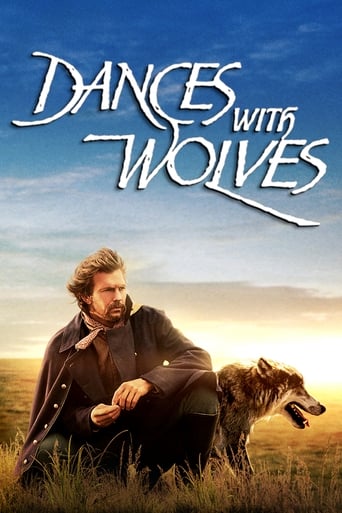
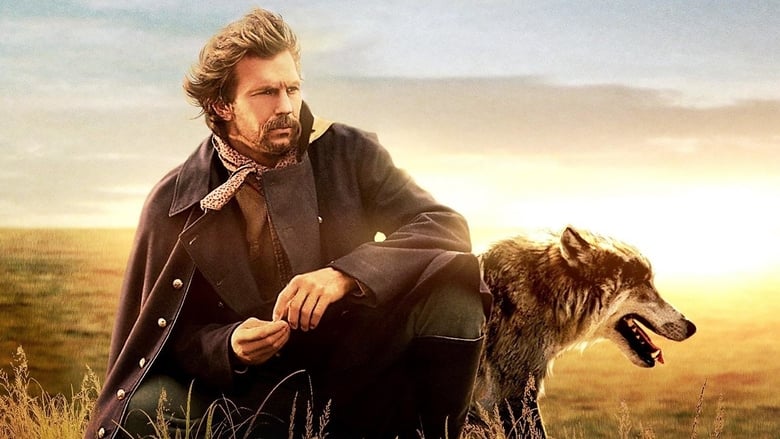
 Watch Now
Watch Now








Dances with Wolves (1990)
 Watch Now
Watch Now








Wounded Civil War soldier, John Dunbar tries to commit suicide—and becomes a hero instead. As a reward, he's assigned to his dream post, a remote junction on the Western frontier, and soon makes unlikely friends with the local Sioux tribe.
Watch Trailer
Cast


Similar titles
Reviews
Just what I expected
Best movie ever!
A movie that not only functions as a solid scarefest but a razor-sharp satire.
It is a whirlwind of delight --- attractive actors, stunning couture, spectacular sets and outrageous parties. It's a feast for the eyes. But what really makes this dramedy work is the acting.
This is one of the best films I've ever watched. A reviewer on IMDB, Craig-95, has written an excellent review which I wholeheartedly agree with. The film is now 27 years old but what the film stands for will always be relevant to the human race. Everyone should see this film and absorb its lessons. The world would be a better place if every being opened their heart and soul to the message this film conveys.
'Dances with Wolves' is a good example of how far a simple story can go. This slow-burning, low-key Western is a heartwarming tale of friendship and loyalty. It's a film with a purpose and a big heart. The focus on plot and character development is always refreshing to see and the stunning scenery and cinematography make it a pleasure to watch.While the film has a lot going for it, there are a few noticeable weak spots. I can't help but feel Kevin Costner is more comfortable behind the camera directing than on screen. While his performance in this film is okay, a better actor would have done Dunbar's character more justice. There's also the excessive running time, which is felt at times due to the slow nature of the film. That said, these are only minor points in what is a special and memorable film.
What in the world is with this 250 IMDb list ? I cannot believe DWW is excluded !The greatest western movie ever done, one of the most well directed movies ever made, a state of the art cinematography, a brilliant color and stunning decor, by far and it's not even close. This movie, believe it or not, was produced with only a $20MM budget- Costner had to guarantee his own house! Do you know how much John Carter cost ? Look it up.Dances with Wolves, is the material proof, that low budget movies are sometimes the best ever made. The story could not be more moving. Is does not encourage apologia of patriotism, courage, lakota natives or the United States. It's an elaborated think piece of an adventure through the struggles of segregation, the civil war, the conquest over the frontier, the last remaining tribes and the expansion of the northern federation, peace, friendship and nature. All characters play their role perfectly - there's not a single miscast. Costner incredibly displays as a rookie an epic voyage in the mid-west to find himself befriending a native-American tribe and their civilisation. The insight, the language, the manners and the buffalo hunt, are extremely rich and plastically breathtaking. The score is brilliant. Might be one of the best scores ever written. All along, the score simply corresponds perfectly with every scene that requires a matching music. You cannot deny that, whether you think there's not enough this or that, that Costner has delivered a colossal effort to offer us a movie that will go down as one of the greatest film pieces in cinema history. Never once do you get bored, look at the time, in fact, you wish this movie never ends, and when it does, you are not disappointed by the ending. The CGI are spectacular - you really believe that the buffalo hunt is real. I urge everyone to check the making of this movie. DWW follows the great traditions of westerns, simultaneously renovating the genre.
1864. Lt John Dunbar (Kevin Costner) of the Union Army distinguishes himself in battle and as a reward is offered any post he likes. He chooses to go out west and is posted to Fort Hays in Kansas. From there he is ordered to Fort Sedgewick, the remotest outpost in the region. He finds it deserted and through a series of unfortunate circumstances he is stranded at the fort with nobody knowing that he is alone there, or even there. He meets his neighbours, the local Sioux tribe, and slowly gains their respect and friendship...Well-intentioned but badly executed. After all the westerns showing Native Americans to be nothing but savages, a movie humanizing the Native Americans was due. Dances With Wolves may be one of the first movies to have a balanced approach in that regard.However, that's where anything positive about this movie ends. The actual execution is quite bad. Director Kevin Costner turns what should have been a profound 2-hour journey into a 3-hour ordeal. Every scene is drawn out to the maximum and many scenes are there as padding making the move slow, dull and overly long. As director he also favours long, drawn-out close-ups of the lead actor, who happens to be himself. Seems incredibly self-indulgent, slowing the movie down further and detracting from the plot.Moreover, the whole tone is so preachy, moralising and pretentious. Turns what should have been a natural lesson to audiences into a soap-boxing sermon.Undeservedly won the 1991 Best Picture Oscar. How this won over Goodfellas I don't know. Might be the Academy's dislike for Martin Scorsese or the fact that they tend to prefer preachy movies.



